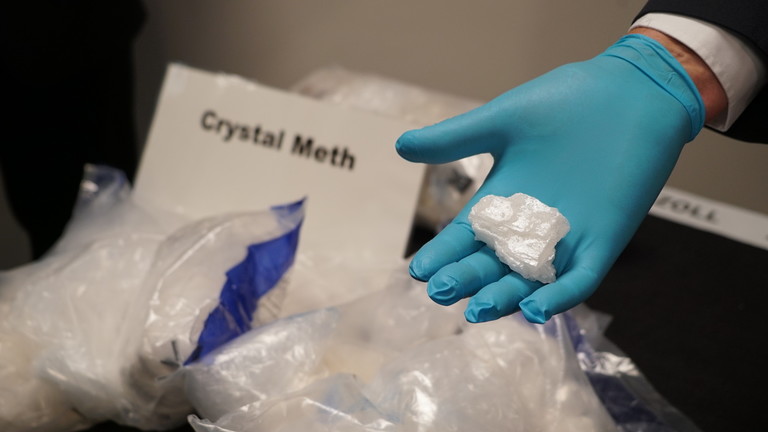For years, Meghan Neri paid $30 apiece for packages of epinephrine auto-injectors for her two adolescent children with food allergies. The price for four packs of the lifesaving medication was a manageable $120 a year.
So Neri, 42, of Scituate, Massachusetts, was shocked when, in 2019, her family pharmacist said that each auto-injector pack would cost $600.
Her out-of-pocket cost for the year had skyrocketed to $2,400.
The price of the epinephrine shots themselves had not risen. The problem was the Neris had switched to a new, high-deductible health insurance plan to save money. Monthly payments are lower with high-deductible programs, but families must pay thousands of dollars each year before many costs — often including epi auto-injectors — are covered.
Like the Neris, many families are caught off guard by the jump in price. Some are forced to ration the auto-injectors or go without them.
The Neri family of Scituate, Massachusetts.Courtesy Neri family
“Many families have opted not to pick up their EpiPens because they can’t afford it,” said Dr. Purvi Parikh, an allergist and immunologist at NYU Langone Health in New York City. “They’re taking the chance that, God forbid, a bad outcome will occur.”
Parikh said families have had to shoulder more and more financial responsibilities over the past decade, particularly as high-deductible insurance plans have become more common.
The 2010 Affordable Care Act expanded access to health insurance, so companies were faced with covering more people than ever before. To compensate, insurers “not only raised how much it costs to be covered, but they’ve pushed more of that out onto the patient in the form of high-deductible plans,” Parikh said. “We’ve been seeing this every single year for at least the last seven to 10 years.”
An analysis by KFF, also known as the Kaiser Family Foundation, found that in 2009, 17% of workers were enrolled in a health plan with an annual deductible of at least $1,000. By 2021, it was 50%.
“The average deductible in employer-based health insurance now is over $1,700 per person,” said Larry Levitt, executive vice president of KFF.
With some family plans, deductibles can soar well over $3,000.
“What it means is that even when you’re insured, you may not actually be protected from potentially catastrophic health care costs,” Levitt said.
Prescriptions that previously cost no more than $30 or so — a basic copay — are now full price, which can soar into hundreds of dollars.
Some medications, such as drugs to control high blood pressure, are covered even before the deductible is met. But the epinephrine auto-injectors — which deliver a shot of epinephrine and are the only emergency medicine available for life-threatening allergic reactions — usually are not.
Few prescription drugs or devices symbolize out-of-control health care costs more than EpiPen.
More families facing price shocks for lifesaving children’s medications




